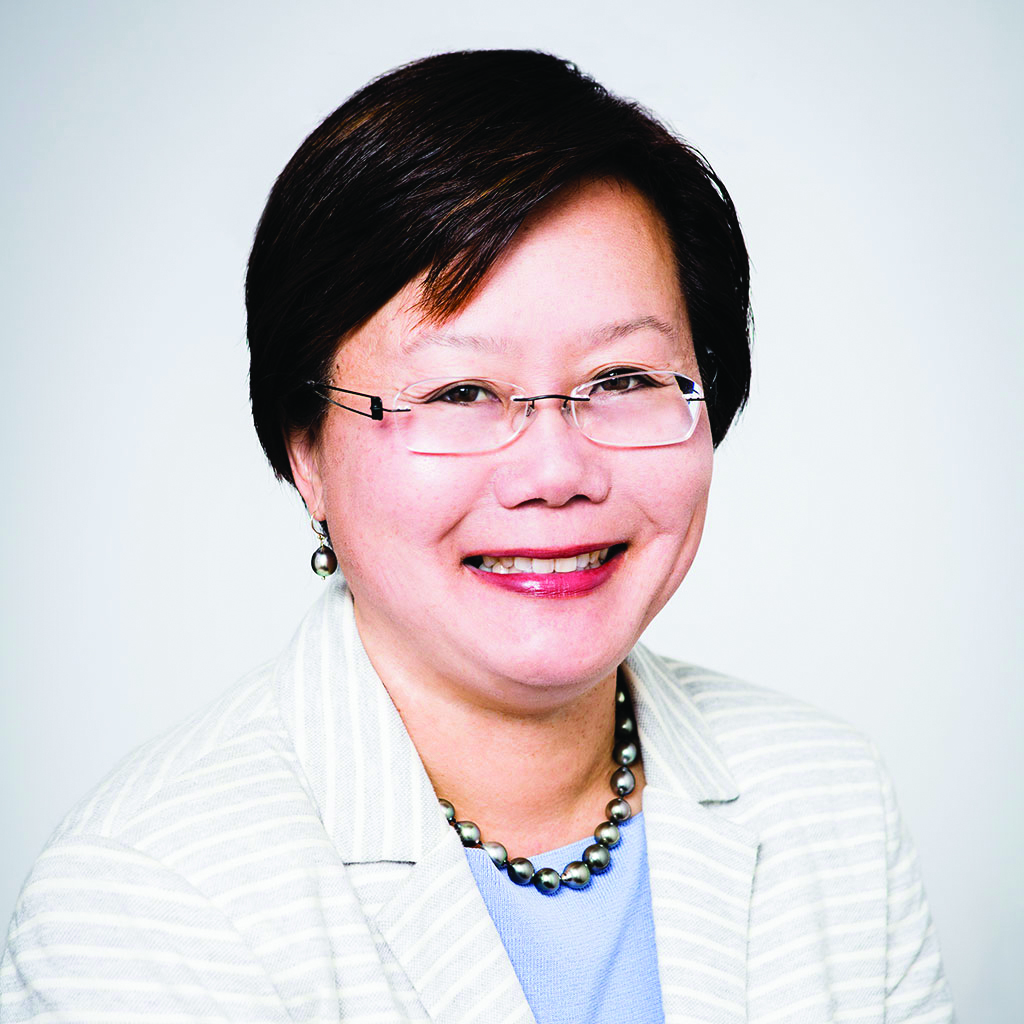The Broadband Mapping Flaw that's Harming Education and Healthcare
Monday, December 14, 2020
Digital Beat
The Broadband Mapping Flaw that's Harming Education and Healthcare

Dora the Explorer knew that maps were important to find one’s way. Unfortunately, the Federal Communications Commission (FCC) is still learning that lesson, particularly when it comes to broadband for the nation’s schools, libraries, healthcare providers, and other community anchor institutions.
It’s no secret that the FCC’s current broadband maps are flawed. The existing maps rely on industry-reported data that overstates broadband availability and prevents communities from obtaining broadband funding. Consequently, many rural, remote, and Tribal communities sit on the wrong side of the digital divide, where they can’t access essential broadband-enabled services such as remote learning and telehealth. More accurate broadband maps will help the FCC understand where, exactly, these communities lie and enable better funding decisions.
The Broadband DATA Act, signed into law earlier this year, directs the FCC to improve its maps by gathering and publishing more granular data about broadband availability. While Congress has not yet provided funding to implement that act, there is another problem we must address first. The FCC’s most recent mapping proposal would only collect broadband information about residential and business customers, not schools, libraries or healthcare providers. This is disappointing, especially because Senator Edward Markey (D-MA) and Congresswoman Anna Eshoo (D-CA) specifically asked the FCC to include anchors in the upcoming maps.

Given the widespread and bipartisan recognition of the key role that broadband plays in promoting education, healthcare, and economic growth, the FCC’s position is puzzling. Anchor institutions require affordable, high-quality broadband, especially during the ongoing COVID-19 crisis. Schools and libraries provide free access to computers and Wi-Fi, critical for distance learning and job searches. Healthcare organizations too need reliable internet to handle the huge demand for telehealth services. The National Broadband Plan Goal #4 called for anchor institutions to have gigabit capacity by the year 2020, but we can’t even measure our progress toward the goal because the FCC doesn’t collect the information.
Furthermore, broadband networks serving anchors can be shared with the surrounding community by building broadband “to and through” anchors. In other words, high-capacity fiber cables or wireless services deployed to anchor institution buildings can serve as “jumping off” points to connect surrounding residents with affordable internet access. Accurate maps of anchor broadband will help identify those communities that can be served most economically by building off these institutions’ high-speed networks.
The Schools, Health & Libraries Broadband (SHLB) Coalition recently filed comments with the FCC and an additional ex parte letter urging the FCC to include anchor institutions in the maps, but the FCC’s response has been non-committal so far. The FCC’s reluctance is perhaps rooted in old fashioned regulatory rules dating back to the days of the Ma Bell monopoly. Congress should encourage the FCC to look to the future by declining to appropriate funding for the Broadband DATA Act until the commission agrees to map anchor institutions.
Rachelle Chong is the Vice Chair of the SHLB Coalition Board of Directors and a former FCC Commissioner.
Larry Irving sits on the SHLB Coalition Board of Directors and is the former Administrator of the National Telecommunications and Information Administration.
The Benton Institute for Broadband & Society is a non-profit organization dedicated to ensuring that all people in the U.S. have access to competitive, High-Performance Broadband regardless of where they live or who they are. We believe communication policy - rooted in the values of access, equity, and diversity - has the power to deliver new opportunities and strengthen communities.
© Benton Institute for Broadband & Society 2020. Redistribution of this email publication - both internally and externally - is encouraged if it includes this copyright statement.
For subscribe/unsubscribe info, please email headlinesATbentonDOTorg






